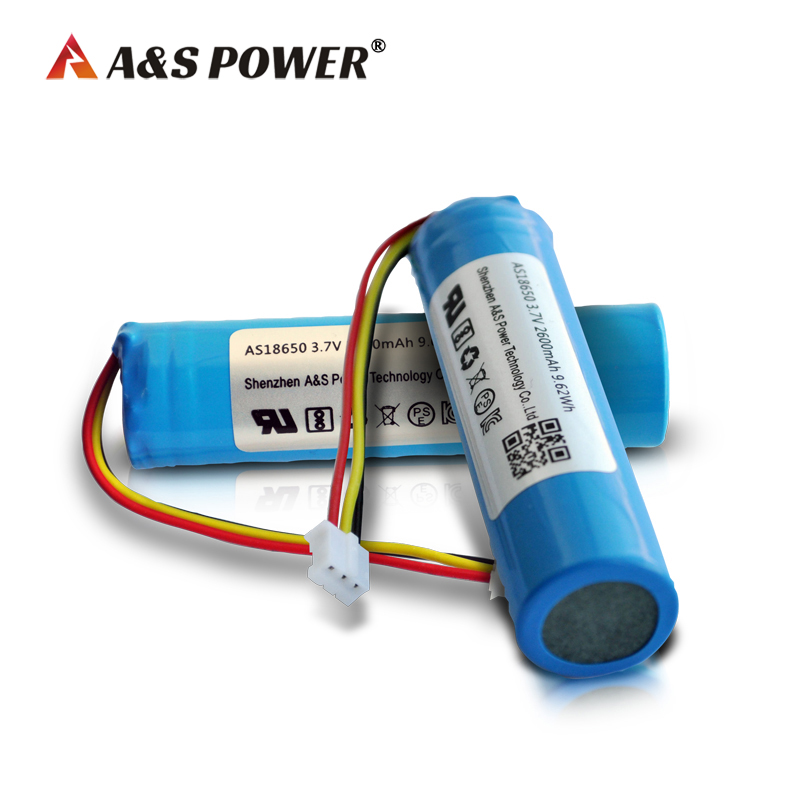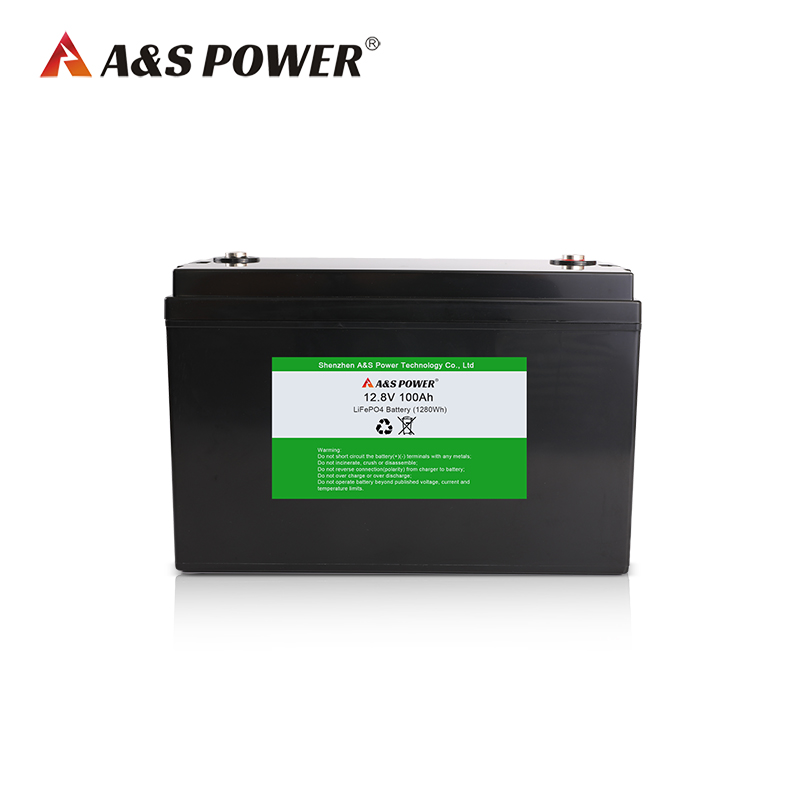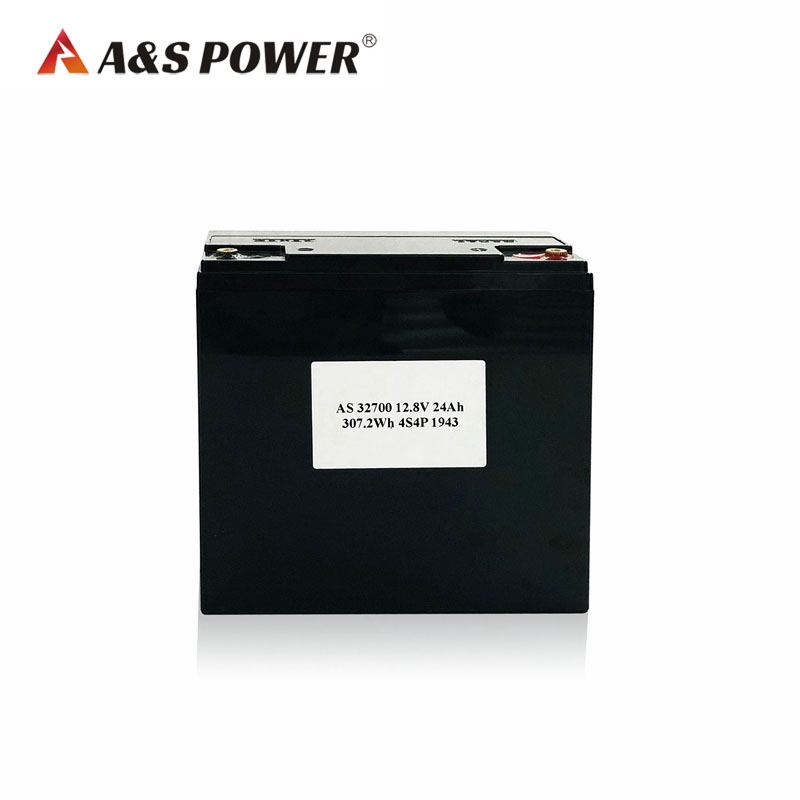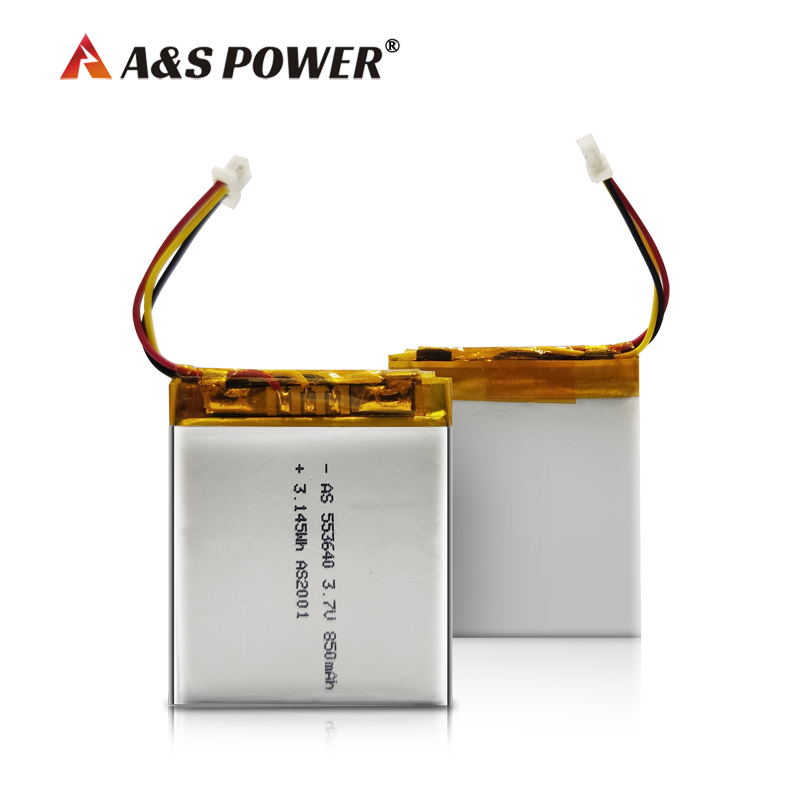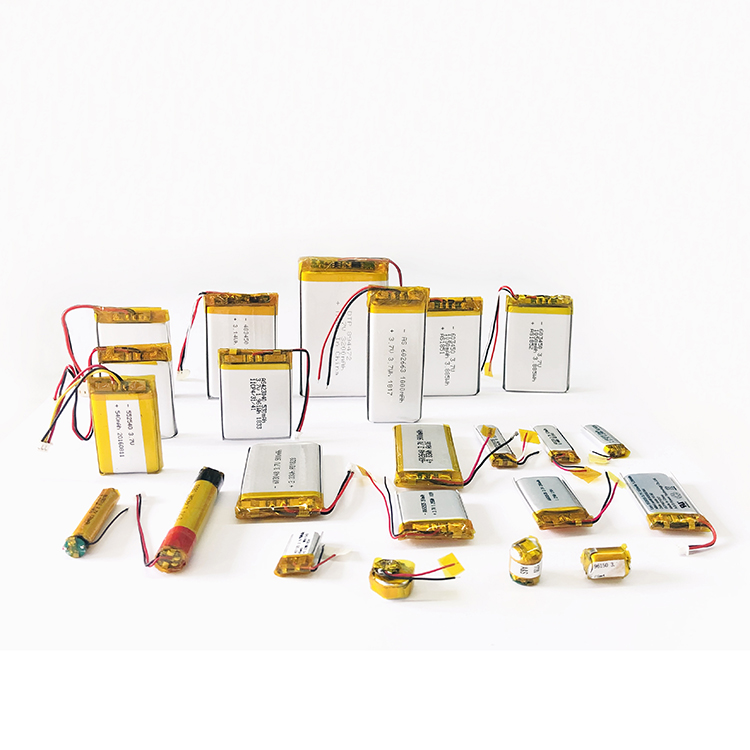This Cobalt-Free Battery Is Good for the Planet—and It Actually Works
2021-07-02
Reducing the cobalt content in lithium-ion batteries is good for the environment, human rights, and maybe even the performance of the battery itself.
THE LITHIUM-ION BATTERY is an electrochemical wunderkind. We use it for everything, whether it’s mundane gadgetry like phones and laptops or more extreme applications like electric ships and helicopters on Mars. The Li-ion battery is so important to modern life that it earned the trio of chemists who invented it a Nobel Prize last year. But somewhere along the way, the battery industry developed a cobalt dependency.
Cobalt is a scarce, toxic, and lustrous mineral that is found in the negatively charged electrode—or cathode—of almost all lithium-ion batteries used today. It’s expensive, heavy, and linked to unethical mining practices, wild price swings, and a tenuous global supply chain. It’s no wonder so many battery manufacturers want to kick their cobalt habit. But the material plays a crucial role in stabilizing batteries and boosting their energy density. Although experimental cobalt-free cells exist, they’ve all had major performance issues like limited lifetimes and slower charge rates—until now.
In July, a team of three researchers from the University of Texas reported the results from tests using a new cathode chemistry that eliminates cobalt entirely. They used their nickel-rich cathode in a small experimental lithium-ion pouch cell about the size of a deck of cards. Although the battery had a slightly lower energy density than typical cobalt batteries, it was able to operate at higher voltages and at similar charge rates. Even after 1,000 full charge-discharge cycles—the typical lifetime for a commercial battery—the experimental cell performed as well as comparable cells with cobalt cathodes.
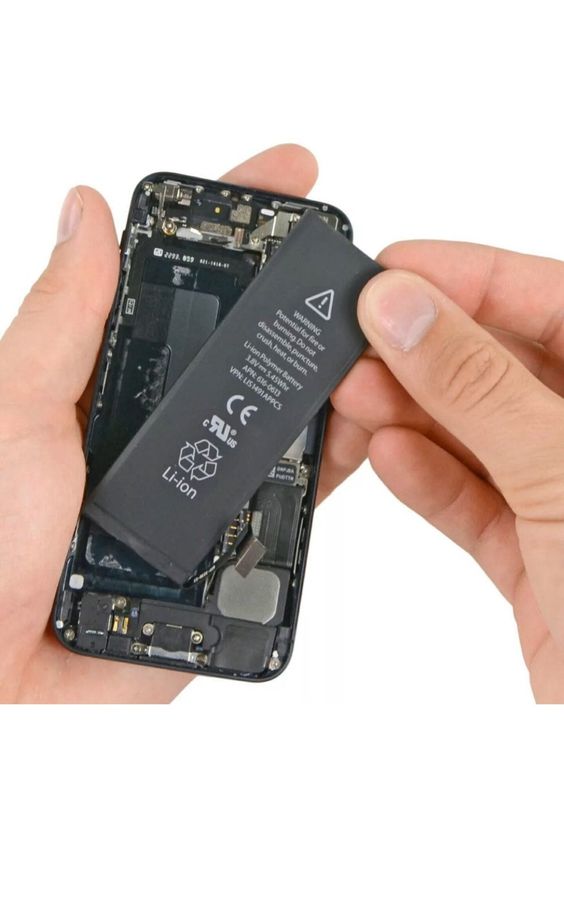
“A significant number of people say that cobalt is essential, and that if you remove it you won’t be able to get the same kind of performance,” says Arumugam Manthiram, the director of the Texas Materials Institute at the University of Texas, Austin, and the lead author of the paper. “We are the first to show that it’s possible to eliminate cobalt without compromising performance.”
Cobalt can account for a fifth of the material in a lithium-ion cathode, which typically comes in one of two flavors: NMC (nickel manganese cobalt oxide) or NCA (nickel cobalt aluminum oxide). The cobalt in these batteries has a stabilizing effect and prevents cathode corrosion that can lead to a battery fire. It can also boost a battery’s charge rates, but the raw material is pretty expensive and hard to come by. It has some social problems too. Nearly two-thirds of the world’s cobalt is mined in the Democratic Republic of Congo as a secondary product of large-scale nickel and copper mining. But the DRC also has a large contingent of independent or artisan miners that effectively operate without any oversight. This has led to a multitude of human rights abuses in Congolese cobalt mines, including the use of child labor.
The cathode developed by Manthiram and his colleagues sidesteps cobalt by increasing nickel content; it makes up 89 percent of the metal in the cathode by weight. Their cell combines the ingredients of NMC and NCA cathodes to create a cobalt-free NMA (nickel manganese aluminum oxide) cathode. Although the team is not the first to develop a cobalt-free or high-nickel cathode, Manthiram says it’s the first one that doesn’t also have major performance drawbacks like short battery life and low energy density.
Greg Less, the technical director at the University of Michigan’s Battery Lab, says that Manthiram’s cathode material “shows great promise.” He says there’s still more testing that needs to be done to address problems seen with other similar cathode chemistries, such as the tendency for manganese to dissolve at elevated temperatures, but that the results from the initial tests of the battery are encouraging. “A cobalt-free alternative that can compete with cobalt-containing electrodes is very exciting,” Less says.
To make it happen, Manthiram and his team used specialized techniques to mix the ingredients just so at the nanoscale. This involves pumping solutions containing the nickel, manganese, and aluminum ions into a reactor where they’re mixed with another solution that combines with the metal ions. The result is a finely mixed powder of metal hydroxides that are baked with lithium hydroxide to create the material used for the cathode. The pumping rates and temperatures must be precisely controlled throughout the process to ensure that the resulting cathode material has the right structure and composition. “It took a good knowledge of the basic chemistry to design the cathode composition,” says Manthiram. “And we found a way to control the process so you can have atomic-scale mixing.”
Once Manthiram and his team mixed these elements together, they put the cathode in an experimental lithium-ion pouch cell with a conventional graphite anode. During tests, they found that its performance matched that of commercially available lithium-ion batteries with cobalt cathodes at different charging rates and across hundreds of charging cycles. Although the cobalt-free cathode had a slightly lower energy density, meaning it could store fewer lithium ions, Manthiram believes this gap can be closed by further refining its chemistry.
In the meantime, he’s focused on taking the battery out of the lab and into the real world. He recently founded TexPower to commercialize the cathode, and he says that it should be easy to integrate it with existing battery manufacturing processes. It could be used in batteries for a range of applications, such as consumer electronics, electric vehicles, and storage for the energy grid.
Manthiram hopes that his cobalt-free cathode will hit the market within a few years. And he’s not the only one. A startup called Sparkz recently licensed a cobalt-free cathode from the Department of Energy’s Oak Ridge National Laboratory to commercialize the technology. More established players like Panasonic are racing to reduce the cobalt content in their batteries. Elon Musk has wanted cobalt-free batteries in Teslas for years, and many industry analysts expect him to announce a breakthrough in low-cobalt lithium-ion cells during the company’s “Battery Day” event next month.
Still, cobalt cathodes may be around for a while, says David Weight, the former president and current advisor of the Cobalt Institute, a nonprofit trade group representing producers. Aside from the stability and performance benefits that the metal gives lithium-ion batteries, the companies manufacturing them have spent years and billions of dollars perfecting their cathode chemistries. That means that any new player will have to overcome a lot of industry inertia. “We have to look a long way in the future before chemical systems that don’t require cobalt can become a commercial reality,” Weight says. “The move to a brand-new technology won’t be overnight. Cobalt will be in batteries for the foreseeable future.”
A recent report from the World Bank forecasts that cobalt production will have to increase 500 percent in the next few decades to meet the growing demand for lithium-ion batteries. The DRC won’t be able to meet this demand on its own, and Weight says that there are several cobalt prospecting ventures underway around the world. The biggest cobalt deposits are found on the seafloor, although deep-sea mining remains a contentious issue. But even if supply turns out to be a nonissue, cobalt-free cathodes can still make lithium-ion batteries cheaper, less toxic, and more ethical than ever before.

